
Copyright Learnodo-Newtonic!
Happy Thanksgiving to our fellow bibliophiles! We thought we’d start off this day of giving thanks for a world-famous English poet, artist and printmaker with a brief history of his early life. Despite the fact that this renaissance man was largely unrecognized for his talents in his time, today he is considered one of the foremost artisans of the Romantic Period. William Blake’s prophetic art and poetry are both moving and inspiring – and for that we honor him this Thanksgiving – which also happens to be his birthday!
 William Blake was born on November 28th, 1757 in Soho, London. He was the third of seven children (though two of his siblings died in infancy). Though his family were English dissenters, it did not stop Blake from being baptized and having a thorough biblical education – knowledge which would prove to be quite inspirational in his work later in life. Blake’s artistic side surfaced when he began copying drawings of Greek antiquities given to him by his father. It was through these copies that Blake was first introduced to works by Michelangelo, Durer and Raphael. By the time Blake was ten he had completed his formal education and was able to be sent to a drawing school in The Strand – where he not only read and avidly studied the arts but also made his first foray into poetry.
William Blake was born on November 28th, 1757 in Soho, London. He was the third of seven children (though two of his siblings died in infancy). Though his family were English dissenters, it did not stop Blake from being baptized and having a thorough biblical education – knowledge which would prove to be quite inspirational in his work later in life. Blake’s artistic side surfaced when he began copying drawings of Greek antiquities given to him by his father. It was through these copies that Blake was first introduced to works by Michelangelo, Durer and Raphael. By the time Blake was ten he had completed his formal education and was able to be sent to a drawing school in The Strand – where he not only read and avidly studied the arts but also made his first foray into poetry.
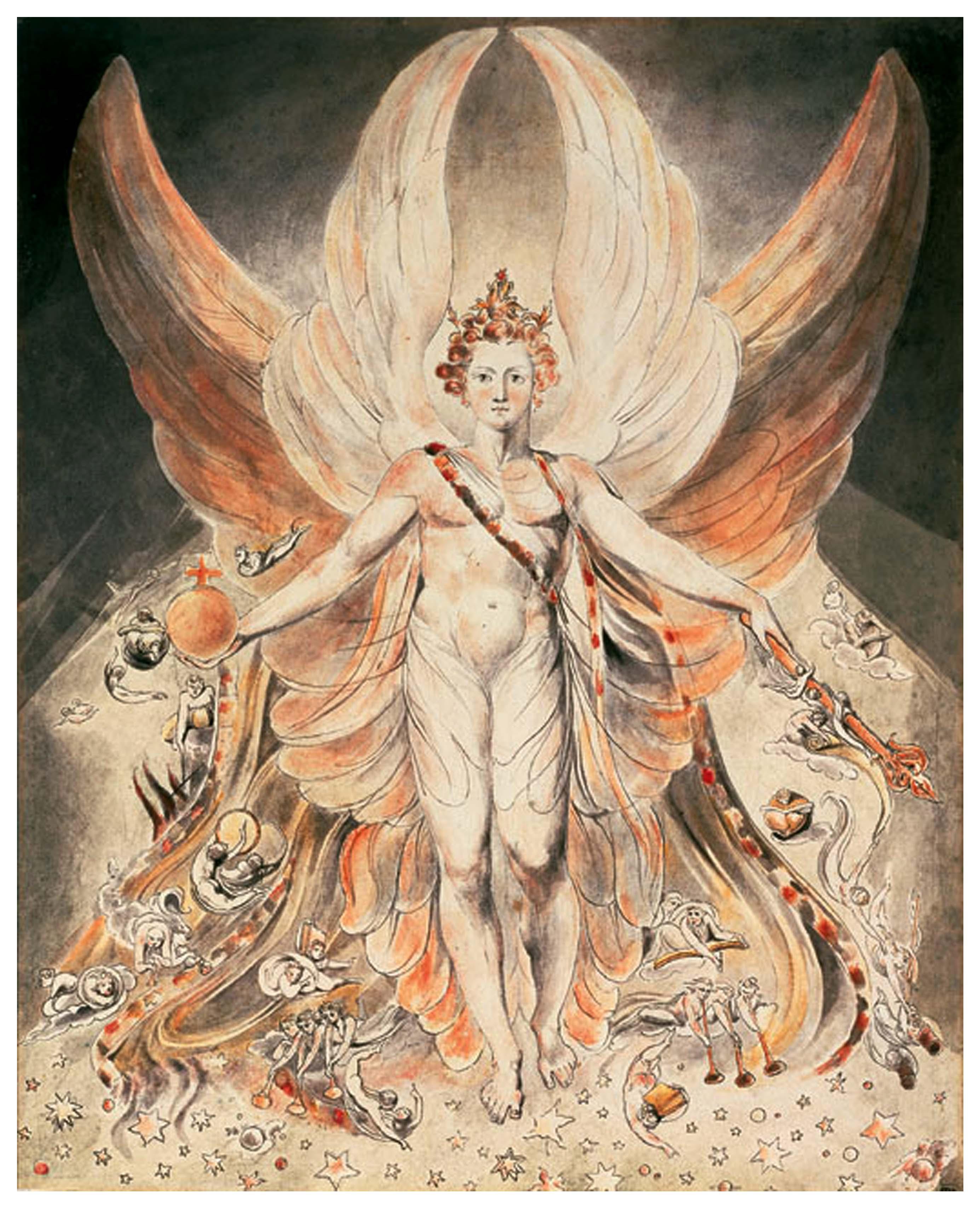 At the age of fifteen, Blake was apprenticed to an engraver in London and upon his completion of his apprenticeship became a professional engraver at twenty-one. The following year, Blake became a student at the Royal Academy where he studied over the years and submitted works for exhibition. Though he disagreed with the views held by the headmaster of the time and favored more classical art rather than the popular oil paintings of the age, Blake used the years to make friends in the art world and perfect his own skills. He printed and published his first collection of poems, Poetical Sketches, around 1783, and opened up his print shop with fellow apprentice James Parker in 1784. Blake began to associate with radical thinkers of the time – scientists, philosophers and early feminist icons like Joseph Priestly and Mary Wollstonecraft. Blake spent the 80s experimenting with different kinds of printing, finally moving onto relief etching in 1788. Relief etching (also called illuminated printing) would be a medium Blake would continue to use in printing his works throughout his life. In this medium, color illustrations were able to be printed alongside text. Blake has become well-known for his illuminated printing, but throughout his life he was also known for his intaglio engraving – a more standard process of engraving at the time.
At the age of fifteen, Blake was apprenticed to an engraver in London and upon his completion of his apprenticeship became a professional engraver at twenty-one. The following year, Blake became a student at the Royal Academy where he studied over the years and submitted works for exhibition. Though he disagreed with the views held by the headmaster of the time and favored more classical art rather than the popular oil paintings of the age, Blake used the years to make friends in the art world and perfect his own skills. He printed and published his first collection of poems, Poetical Sketches, around 1783, and opened up his print shop with fellow apprentice James Parker in 1784. Blake began to associate with radical thinkers of the time – scientists, philosophers and early feminist icons like Joseph Priestly and Mary Wollstonecraft. Blake spent the 80s experimenting with different kinds of printing, finally moving onto relief etching in 1788. Relief etching (also called illuminated printing) would be a medium Blake would continue to use in printing his works throughout his life. In this medium, color illustrations were able to be printed alongside text. Blake has become well-known for his illuminated printing, but throughout his life he was also known for his intaglio engraving – a more standard process of engraving at the time.
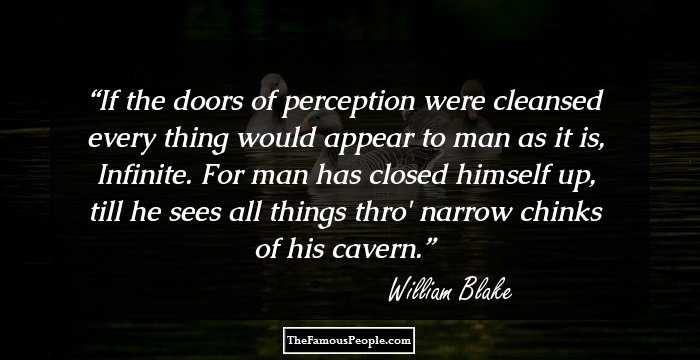
All of these processes are wildly interesting, of course – but perhaps better explained by simply showing some of the most famous of Blake’s sketches and illustrations. His poetry and text almost always contain spectacular imagery and mythological symbolism, which were even further highlighted by his beautiful images. He was an artist, a free thinker, a poet, a radical, a spiritual man, and a devoted husband – among many other things! On this Thanksgiving, we’d like to bring recognition to him and wish him a happy birthday.
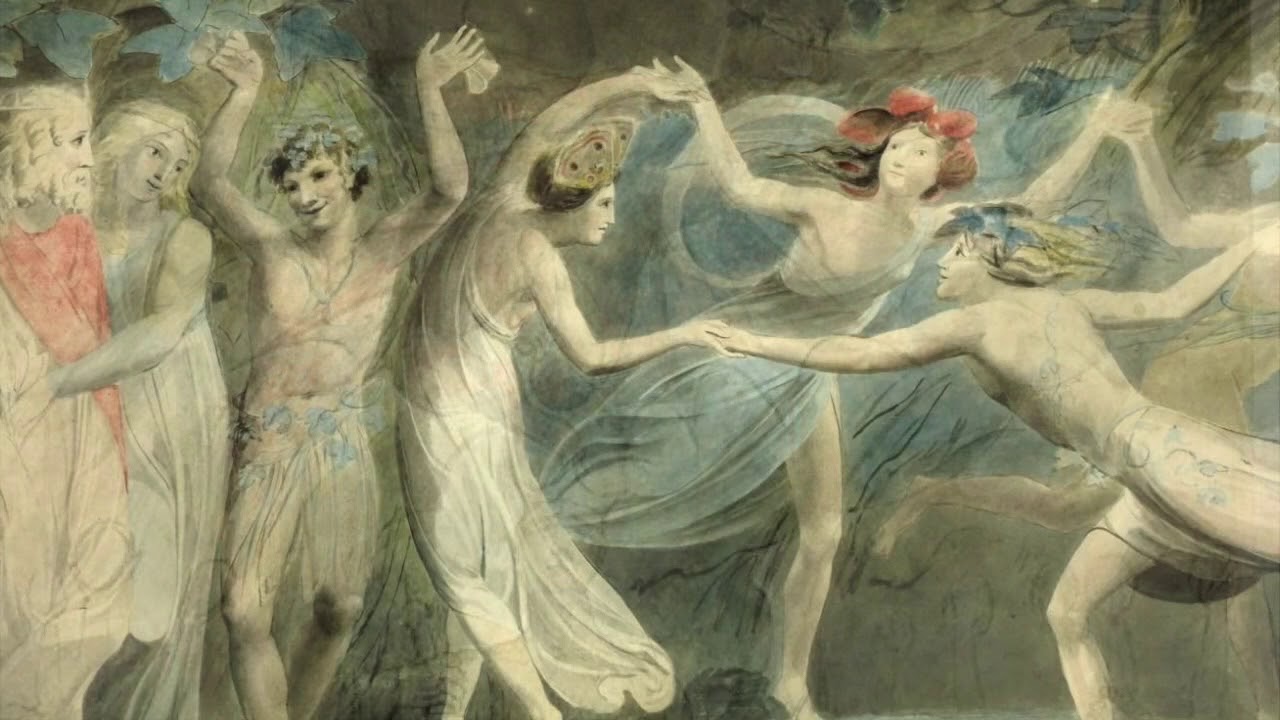
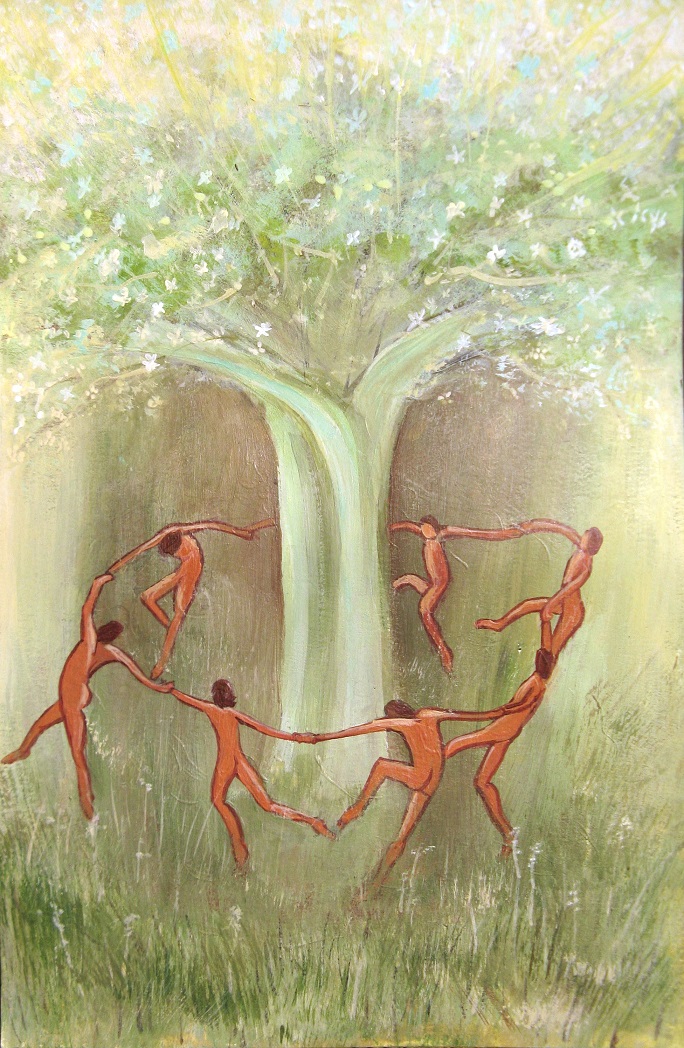
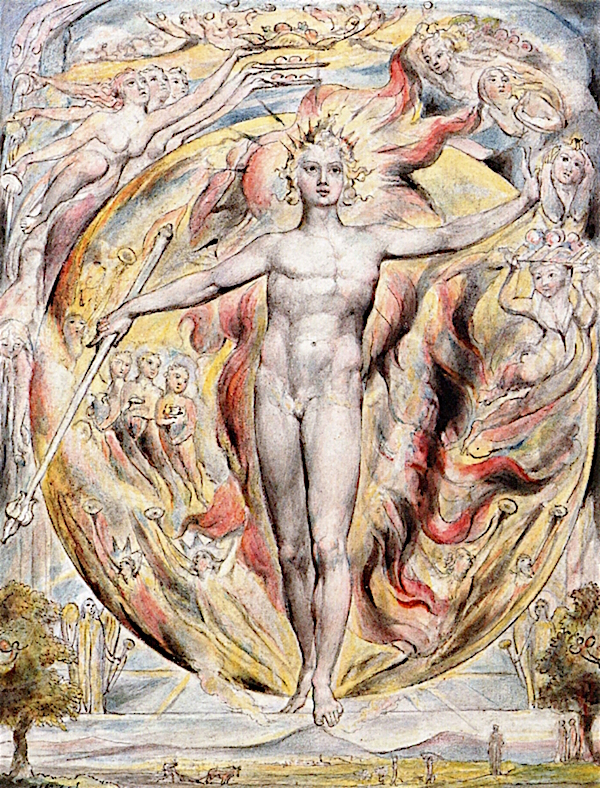
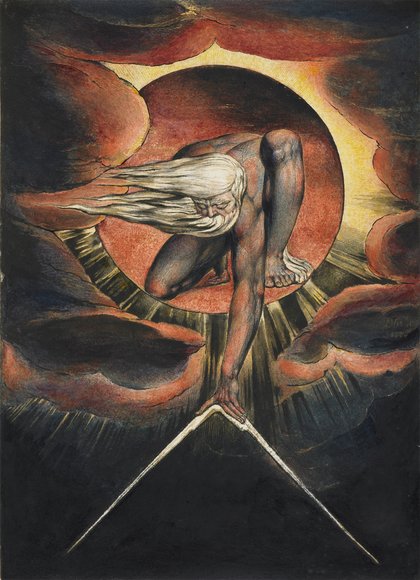
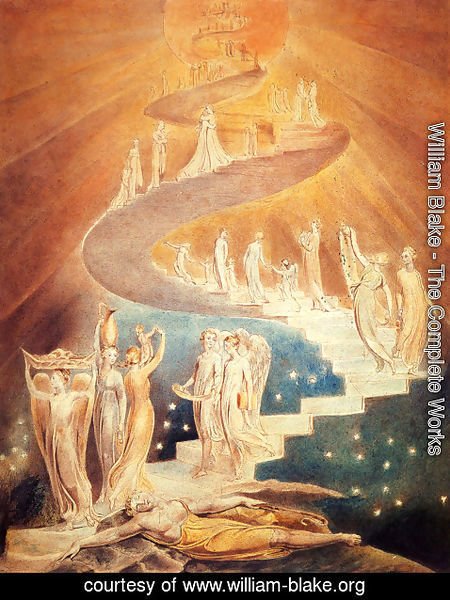
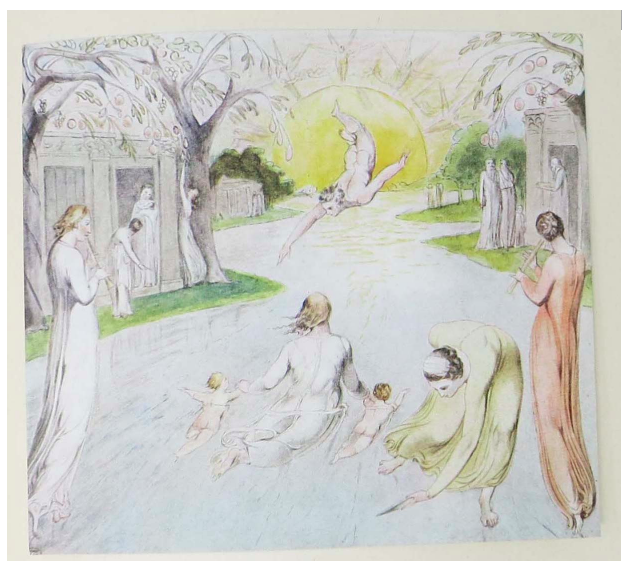
From our 1922 holding of The Drawings and Engravings of William Blake, edited by Laurence Binyon and Geoffrey Holme. See it here!
For more information on William Blake, we recommend visiting our colleague John Windle’s William Blake Gallery where you can find blogs related to the author and various prints and books for sale both online and in person in San Francisco. We highly recommend a visit!
Happy Thanksgiving, bibliophiles!


